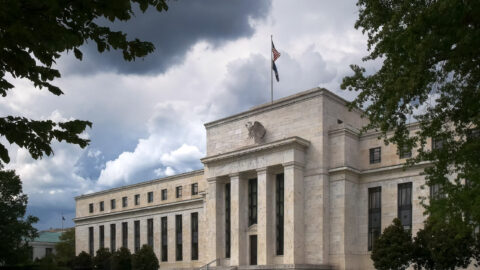Articles about “EZB”
Central banks at odds: How are Fed and ECB reacting to the trade conflict?
Trump’s customs policy and the trade conflict also pose new challenges for central banks. However, while the ECB has room to cut interest rates in order to support the economy, the Fed must exercise caution in the USA. Higher tariffs also threaten to push up inflation again.
However, US President Donald Trump does not like the Fed’s course at all. His attacks on Fed Chairman Jerome Powell are fuelling concerns about the central bank’s independence. Even though Trump has recently backed down slightly, his comments are once again unsettling the markets.
